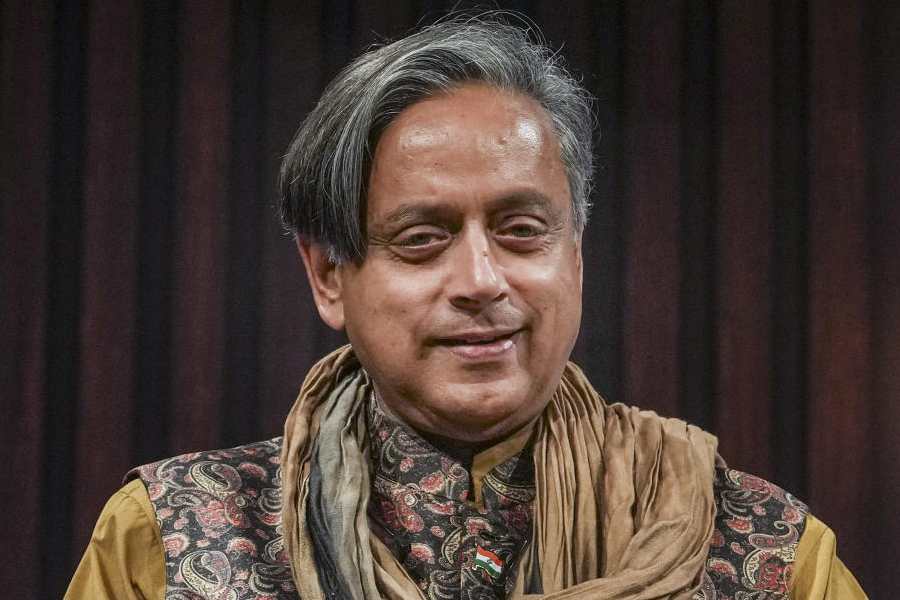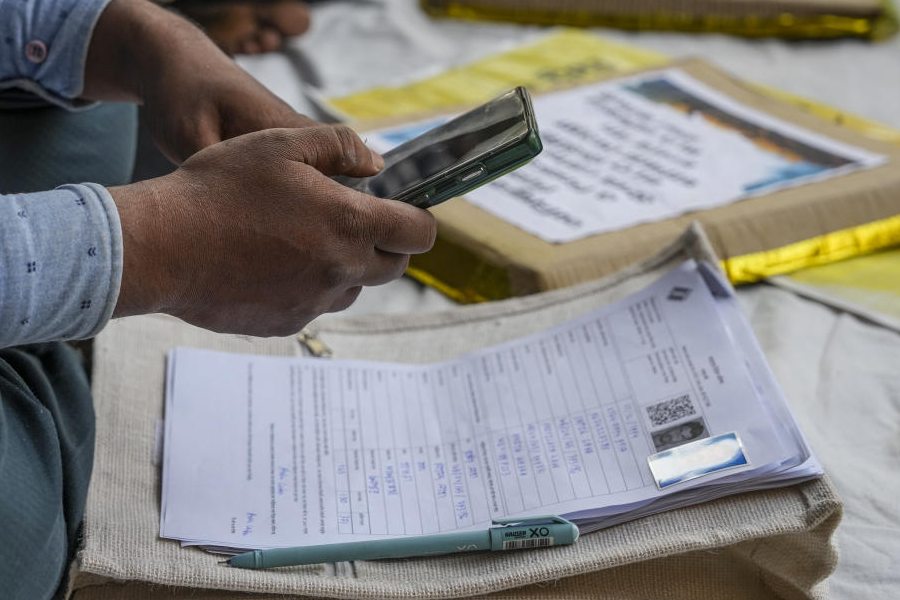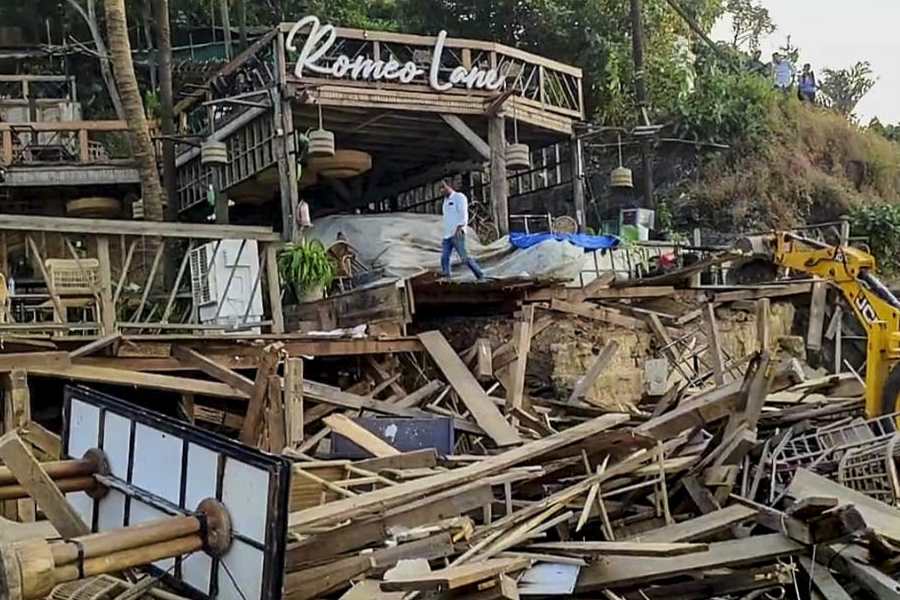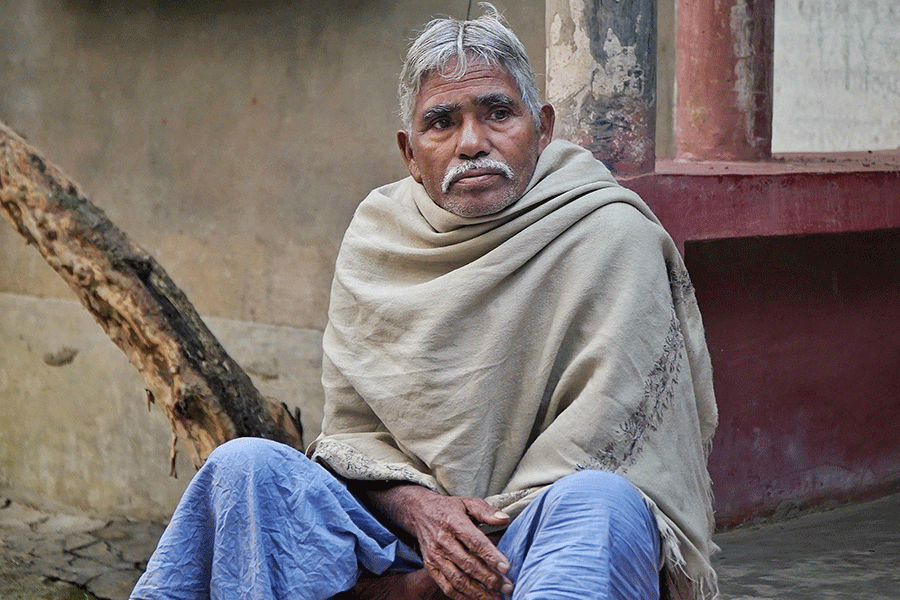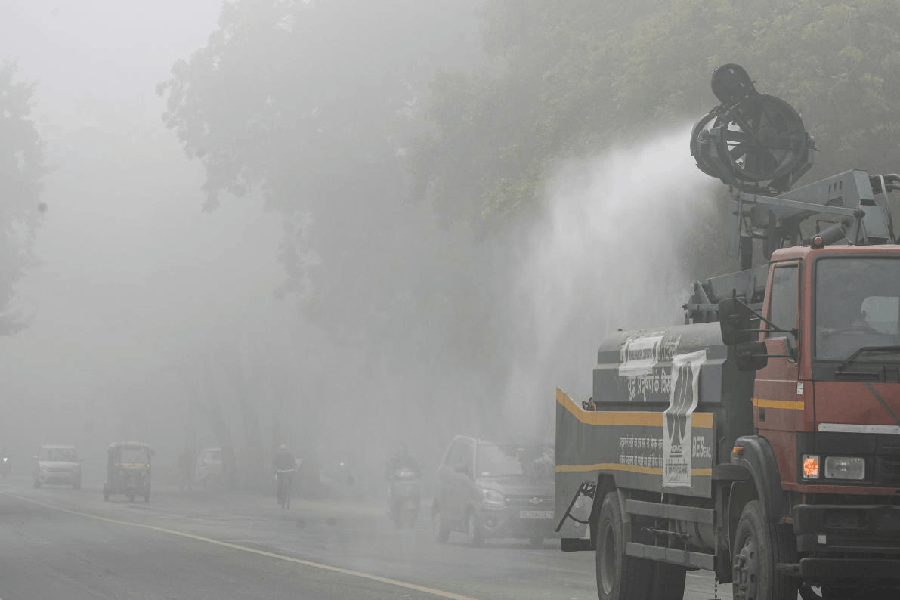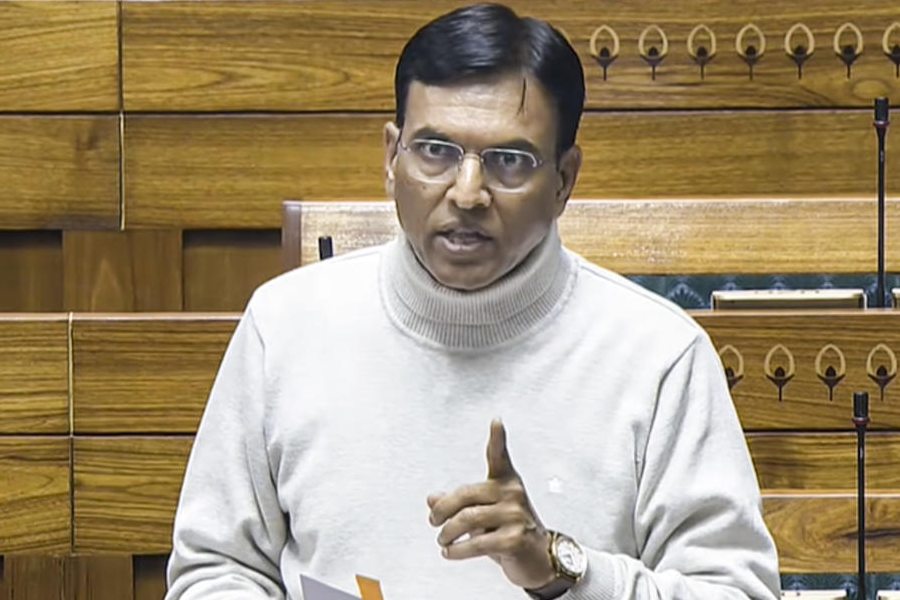 |
| Mamata Banerjee |
Calcutta, Nov. 23: The state government has decided to upgrade primary health centres to provide round-the-clock service, including “basic obstetrics” such as neo and post-natal care and child immunisation, the move aimed at reducing the burden of referrals on medical college hospitals in Calcutta.
According to a report prepared by health secretary Sanjoy Mitra, the government plans to upgrade 24 primary health centres (PHCs) during 2011-12 in the first phase. The government will spend Rs 1 crore to upgrade each health centre. Health department sources said work was expected to begin next month.
The 24 PHCs that have been identified are located in Cooch Behar, North and South Dinajpur, North and South 24-Parganas, Murshidabad, Hooghly, Burdwan, Purulia, Howrah, East Midnapore, Birbhum and Jalpaiguri.
The health department has requested the government to allot Rs 12 crore from the funds earmarked for Bengal by the 13th finance commission. The state government will pay an equal amount.
“The funds will be utilised to upgrade the PHCs into 10-bed hospitals with labour rooms and necessary equipment for post and neo-natal care. The idea is to ensure that the PHCs don’t have to refer patients to city and district hospitals other than in extremely critical cases. To ensure that the health centres function round the clock, they will have quarters for medical officers and nurses,” a senior health department official said.
The plan comes in the wake of several crib deaths in Calcutta’s BC Roy Institute of Paediatric Sciences and Burdwan Medical College Hospital. Last week, chief minister Mamata Banerjee, who also holds the health portfolio, had asked state-run hospitals to ensure that no child is denied prompt treatment and that no mother or child is forced to sleep on the floor after being admitted. She had issued a set of directives aimed at reducing infant mortality and stressed on the need to improve mother-and-child care at government hospitals.
“We need to ensure that critically ill babies in the districts are treated at the local government hospitals,” a senior Swasthya Bhavan official said. “By the time they are brought to the city hospitals, the situation goes out of hand in most cases. State-run hospitals often have to accommodate patients on the floor because of a paucity of space,” he added.
According to the health department sources, although the PHCs are supposed to provide all forms of medical care, in reality, most of these units only treat patients for snakebites, poisoning, cholera and fever. Their medicine stocks are inadequate and some PHCs remain open for only a few hours.
The government also plans to augment the infrastructure of district hospitals in Bankura, Burdwan, Malda, Murshidabad and North 24-Parganas. “Some district hospitals provide super-speciality services. The infrastructure of these facilities will be increased because of the rush of patients,” the report prepared by the health secretary said. The 19-page report has been submitted to chief secretary Samar Ghosh.
The government plans to equip all district, sub-divisional and state general hospitals with equipment such as X-ray, ECG and endoscopy machines.
“We want to ensure better services in all levels of the health-care system. The grant from the 13th finance commission comes for specific projects. There is a high-level committee in the state that looks into the allocation of the funds,” health secretary Mitra said.
Speaking about the pressure on Calcutta hospitals because of the huge number of referrals, a junior doctor at RG Kar Medical College said: “Many patients can’t be allotted beds and they are forced to lie on the floor. It is difficult for doctors and interns to walk through wards and attend to patients. There is so much crowd in the emergency ward that we can’t give more than 10 minutes to a patient.”


